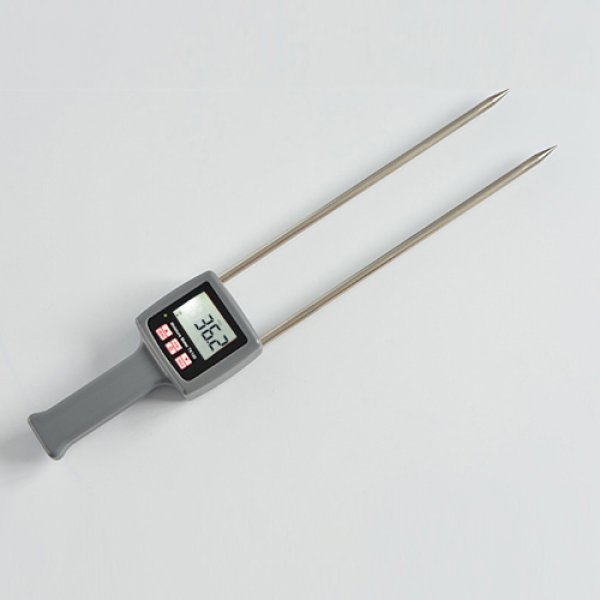- HOME
- ABOUT US
- PRODUCTS
- Ultrasonic Thickness Gauge
- Sawdust Moisture Meter
- Timber Moisture Meter
- Paper Moisture Meter
- Paper Bale Moisture Meter
- Hay Moisture Meter
- Concrete Moisture Meter
- Textile Moisture Meter
- Cotton Moisture Meter
- Grain Moisture Meter
- Cup Grain Moisture Meter
- Tobacco Moisture Meter
- Meat Moisture Meter
- Chemical Material Moisture Meter
- Ceramic Material Moisture Meter
- Molding Sand Moisture Meter
- Soil Moisture Meter
- Medicine Material Moisture Meter
- Coal Material Moisture Meter
- Food Material Moisture Meter
- Foam Material Moisture Meter
- Inductive Moisture Meter
- Multifunctional Moisture Meter
- 2 in 1 Moisture Meter
- Storage Moisture Meter
- In-line moisture meter
- Halogen Moisture Meter
- Carle Fischer Moisture Meter
- Dew Point Meter
- Humidity Meter
- Thermometer
- NEWS
- CONTACT US
一级标题
一级标题





 jolieyong
jolieyong
 jiangdan0428
jiangdan0428
 13608965929
13608965929
 sale-Jolie
sale-Jolie
 销售-MS杨
销售-MS杨
 13608965929
13608965929